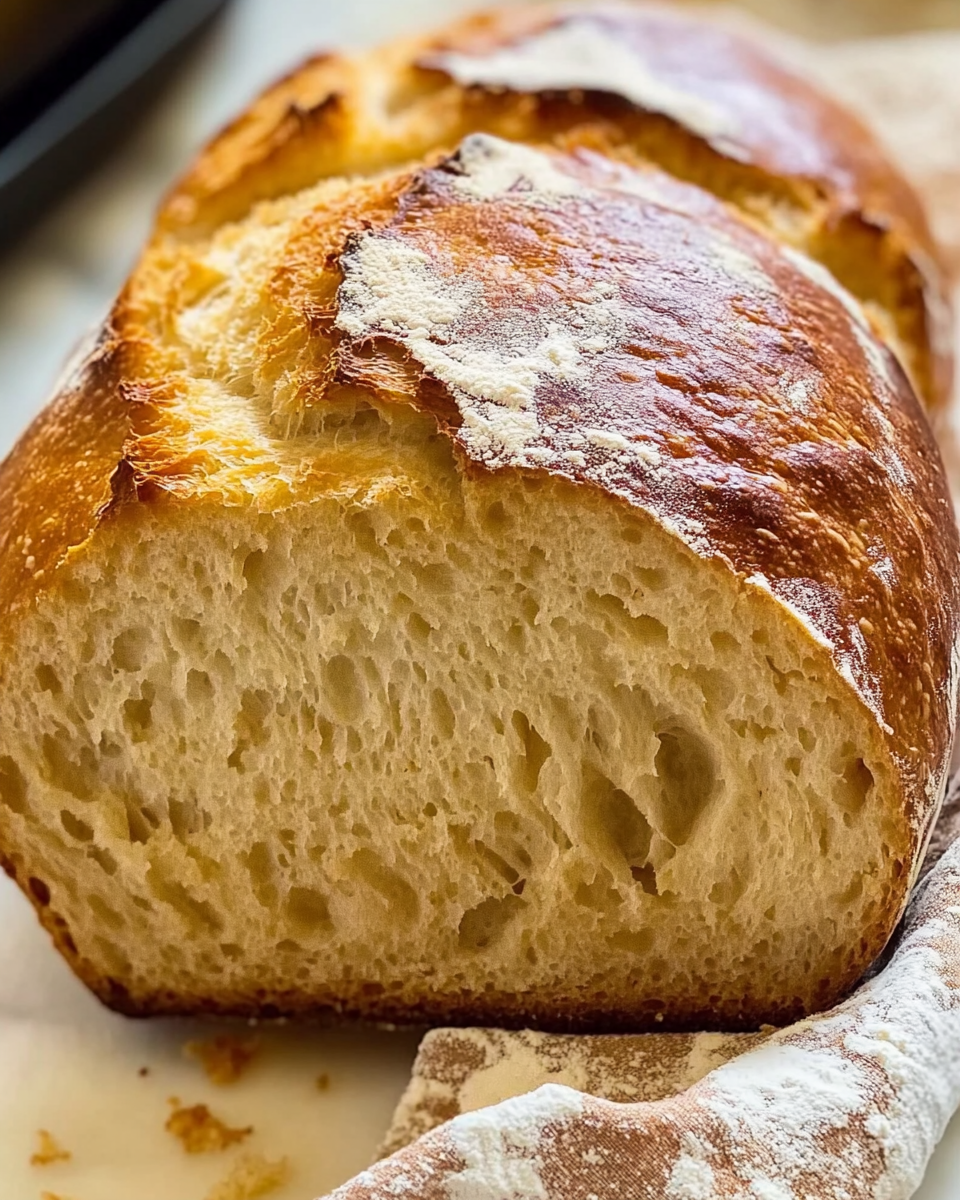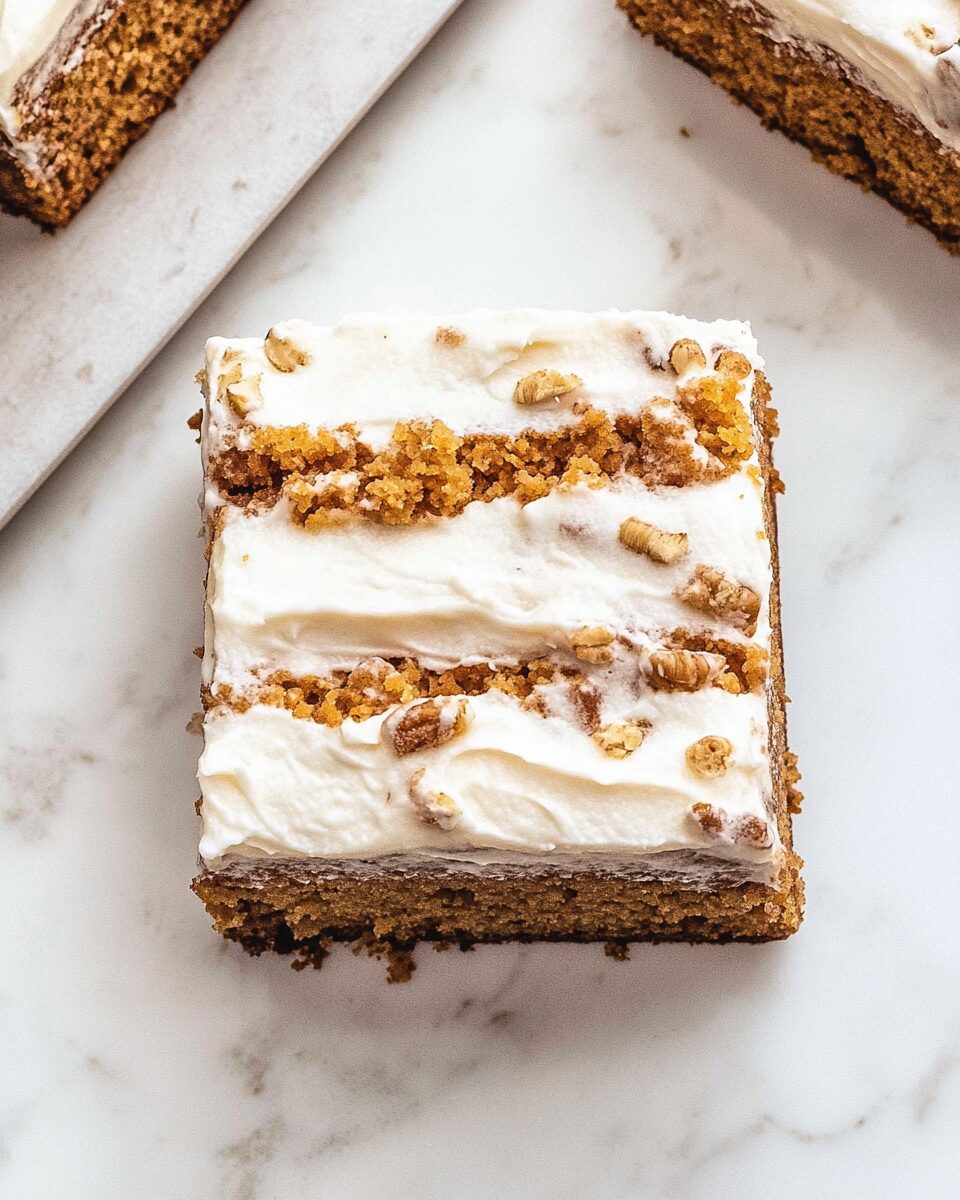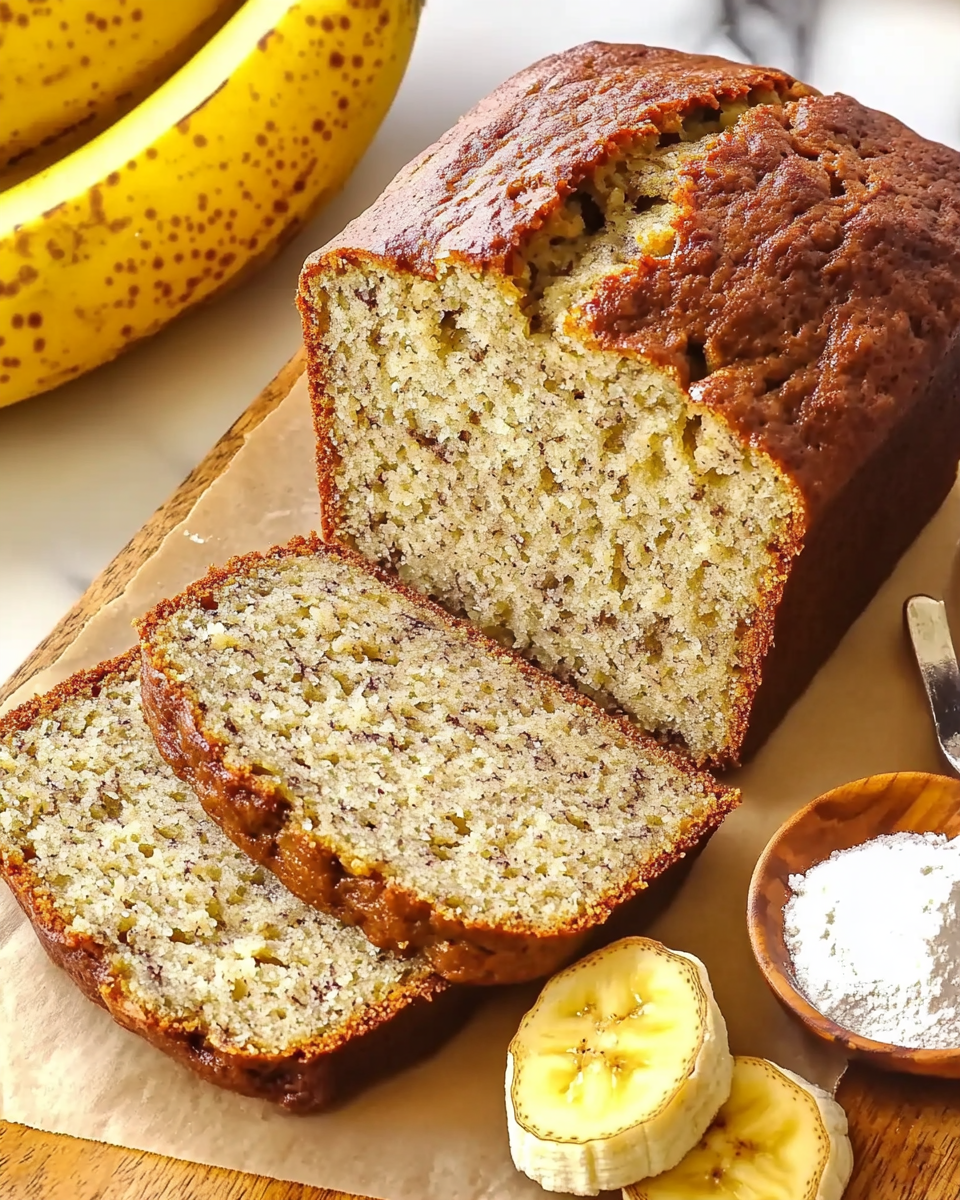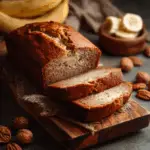The magic of this no-knead artisan bread lies in its simplicity and the stunning results it delivers. With a delightfully crunchy crust and a chewy, airy crumb inside, this bread mimics the texture and flavor of traditional sourdough without the labor. Whether you’re a beginner baker or just craving warm, crusty bread, this foolproof method won’t disappoint.
Requiring just four ingredients and minimal effort, this bread is the epitome of rustic comfort. The dough rises slowly and beautifully, filling your kitchen with that irresistible scent of homemade bread. Ideal for sandwiches, soups, or simply slathered with butter—this recipe will likely become a staple in your baking rotation.
Full Recipe:
-
3 1/4 cups (485g) bread flour (or plain/all-purpose flour)
-
2 tsp instant yeast
-
2 tsp salt
-
1 1/2 cups (375 ml) lukewarm water
Directions:
-
In a large bowl, mix together the flour, yeast, and salt.
-
Pour in the lukewarm water and stir until a sticky dough forms. Do not knead.
-
Cover the bowl with plastic wrap or a lid and let it rest at room temperature for 2–3 hours, or until doubled in size and bubbly.
-
Place the dough on a floured surface and shape it into a ball. Sprinkle with a little more flour if too sticky.
-
Place the dough on a sheet of baking/parchment paper. Let rest for 30 minutes while you preheat your oven to 450°F (230°C) with a Dutch oven inside.
-
When ready, lift the dough using the parchment paper and place it into the hot Dutch oven.
-
Cover and bake for 30 minutes. Then remove the lid and bake for another 10–15 minutes, or until golden and crusty.
-
Remove from the oven and let it cool on a wire rack before slicing.
Prep Time: 10 minutes | Cooking Time: 45 minutes | Total Time: 3 hours 30 minutes
Kcal: 168 kcal | Servings: 12 slices
Introduction to No-Knead Artisan Bread
Few things evoke the feeling of comfort and satisfaction like the aroma of freshly baked bread wafting through the home. No-knead artisan bread is a game-changer in the world of home baking. It promises a beautiful golden crust, a soft, chewy interior, and deep, complex flavors—all without the need for extensive kneading or specialized tools. Created to simplify the bread-making process, this method has revolutionized how both novice and experienced bakers approach the art of bread.
The beauty of no-knead bread lies in its simplicity. With just four ingredients—flour, yeast, salt, and water—this bread develops a robust flavor and incredible texture through a long fermentation process, not through physical kneading. It’s a perfect recipe for busy individuals, beginners intimidated by traditional bread-making, or anyone looking to elevate their kitchen skills with minimal effort.
Why No-Knead Bread Works
The secret to the magic of no-knead bread lies in time and hydration. Traditional bread relies on kneading to develop gluten, the network of proteins that gives bread its structure and chewiness. However, in no-knead bread, a longer fermentation time allows gluten to form naturally. This “hands-off” development makes the bread airy and flavorful without the need for elbow grease.
Another critical factor is the high water content of the dough. A wetter dough encourages gluten formation and gives the finished bread a beautiful open crumb structure, similar to what you’d find in a bakery-style sourdough loaf. When baked in a covered Dutch oven, the enclosed steam environment helps the crust become crispy and golden, mimicking a professional steam-injected oven.
Tools You’ll Need
One of the biggest advantages of this recipe is how little equipment it requires. The essential item is a Dutch oven—a heavy, lidded pot that can withstand high oven temperatures and retain heat evenly. This is what gives the bread its beautifully caramelized crust.
Other helpful tools include:
-
A large mixing bowl
-
A silicone spatula or wooden spoon
-
Measuring cups and spoons
-
Baking or parchment paper
-
A wire cooling rack
You don’t need a stand mixer, proofing baskets, or even a thermometer, making this recipe accessible to virtually every home kitchen.
Benefits of Baking No-Knead Bread at Home
Beyond convenience, there are numerous reasons to make no-knead bread a staple in your household.
1. Healthier Ingredients:
Homemade bread allows you to control every ingredient that goes into your loaf. No preservatives, no additives—just real, whole ingredients.
2. Cost-Effective:
A loaf of quality artisan bread can cost upwards of $5 at a bakery. With this recipe, you can make a similar or better loaf at a fraction of the cost.
3. Customization:
Once you master the base recipe, the possibilities are endless. Add herbs like rosemary or thyme, mix in olives or cheese, or try different types of flours to tailor the loaf to your tastes.
4. Sensory Satisfaction:
There’s something inherently rewarding about making your own bread. The process, though simple, is deeply satisfying, and the end result is a warm, crusty loaf you can proudly call your own.
Fermentation and Flavor Development
The long fermentation process—typically 2 to 3 hours at room temperature—does more than just help the dough rise. It encourages the growth of natural yeasts and lactobacilli, which enhance the depth of flavor and aroma in the bread. This slow fermentation brings subtle sour notes and earthy undertones that are characteristic of artisanal loaves.
This also means you can adapt the timing to your schedule. Want deeper flavor? Let it rest longer in the fridge overnight. Short on time? The 2- to 3-hour room temp rise still delivers excellent results.
Texture and Crust Quality
If you’ve ever been disappointed by soft, pale crusts or dense, chewy interiors, this bread will surprise you. The combination of a moist dough and high baking temperature in a Dutch oven creates a crust that crackles when you cut into it and a light, bubbly crumb inside. The result is a balance of chew and airiness, making each bite delightful.
Unlike commercial sandwich breads, this loaf doesn’t rely on fats or sugars for softness. It’s naturally moist and hearty, making it perfect for toasting, dipping in olive oil, or crafting gourmet sandwiches.
Serving Suggestions
No-knead bread is extremely versatile. Here are some creative and tasty ways to serve it:
-
As a side for soups or stews: The crusty exterior soaks up broth beautifully without falling apart.
-
With olive oil and balsamic vinegar: A classic appetizer or snack with a Mediterranean twist.
-
For breakfast toast: Add avocado, eggs, or fruit preserves on top for a nourishing start to the day.
-
As sandwich bread: Slice thickly for paninis or gourmet deli-style sandwiches.
-
With cheese boards: Serve alongside your favorite cheeses, cured meats, and spreads.
Storage Tips
This bread is best eaten the day it’s baked, but it can last for up to 3 days stored in a paper bag or wrapped in a tea towel at room temperature. Avoid plastic bags, which can cause the crust to soften. For longer storage, slice and freeze the loaf in an airtight container. When ready to enjoy, simply toast slices straight from the freezer.
Troubleshooting Common Issues
Sticky Dough:
No-knead dough is supposed to be wet and sticky. Don’t add too much flour or you’ll compromise the texture. Use floured hands and tools when shaping.
Flat Bread:
If your bread doesn’t rise well, your yeast may be expired or the water used was too hot and killed the yeast. Also ensure your dough has rested long enough to double in size.
Dense Loaf:
Over-proofing or not letting the oven preheat enough can lead to a dense texture. Always bake in a fully preheated oven and make sure your dough hasn’t collapsed before baking.
Perfect for Beginners and Pros Alike
What makes this recipe exceptional is that it provides professional results with minimal learning curve. It’s a great starting point for beginners but also serves as a go-to base for more advanced bakers looking to build on their skills. Even seasoned home bakers appreciate how foolproof and flexible this bread can be.
Conclusion
No-knead artisan bread is more than a recipe—it’s an experience. It captures the essence of what makes baking bread so special: the transformation of simple ingredients into something extraordinary. With its crisp crust, chewy interior, and deep flavor, this bread rivals anything found at your local bakery. Best of all, you don’t need to be an expert to make it.
Whether you’re baking it for a weekend brunch, a cozy dinner, or just because, this bread is sure to become a household favorite. It’s a gateway into the world of home baking that will leave you empowered, inspired, and ready for more culinary adventures.








